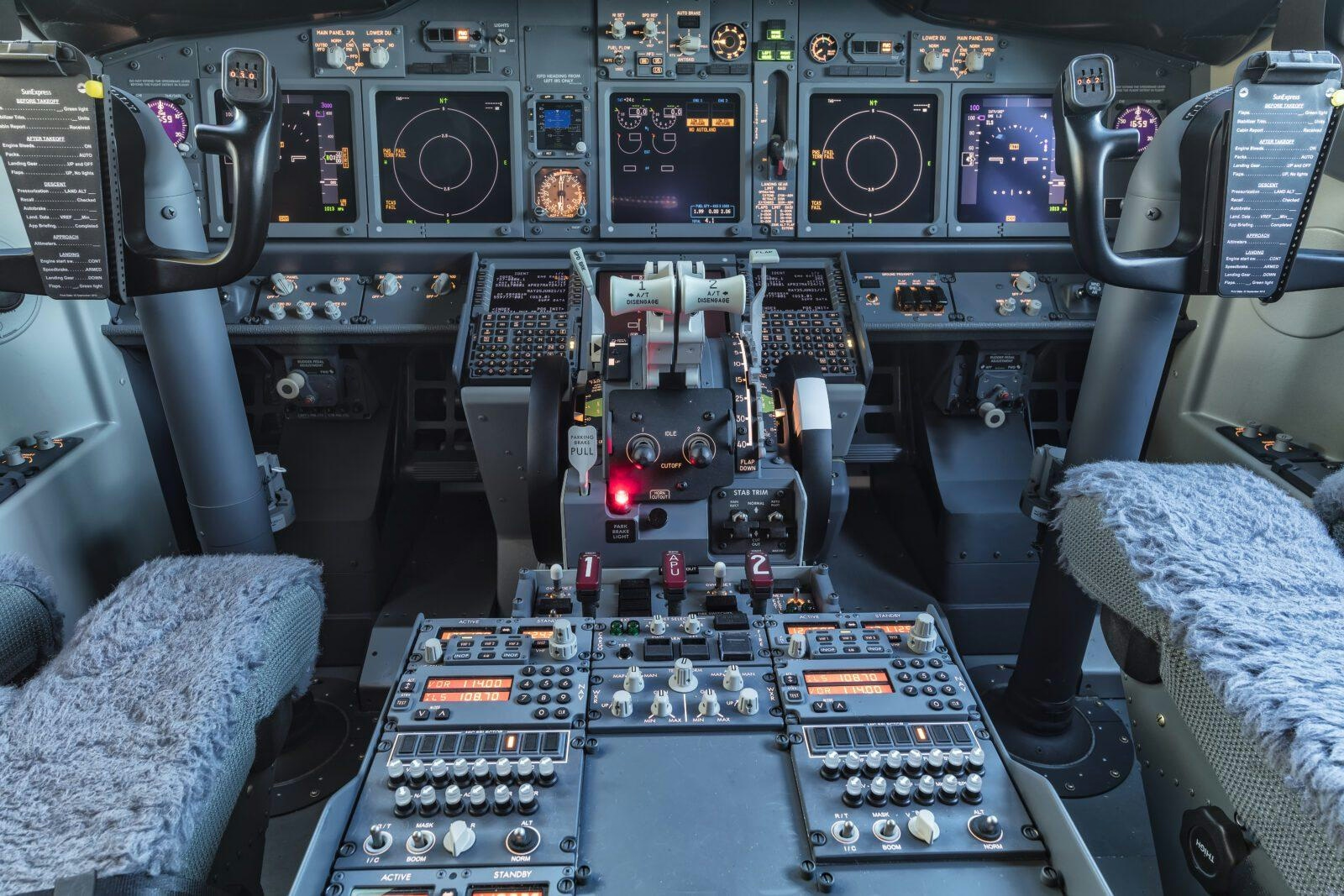
AeroGenie — あなたのインテリジェントな副操縦士。
現在のトレンド
Categories
Why Delta Air Lines Is Retiring Its Boeing 767-300ERs
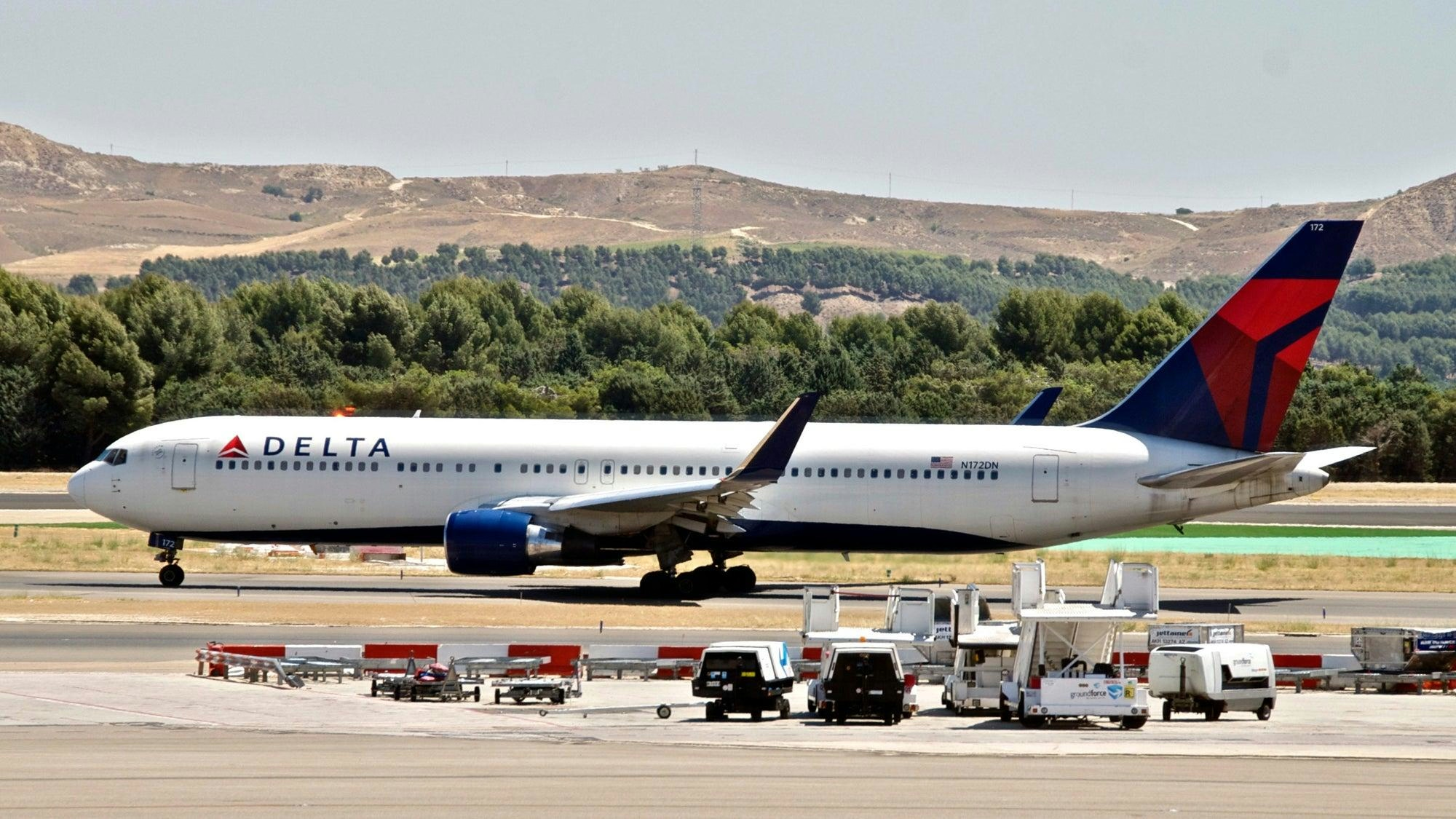
Why Delta Air Lines Is Retiring Its Boeing 767-300ERs
Delta Air Lines has announced plans to retire its Boeing 767-300ER fleet by 2030, with international long-haul operations on this aircraft type concluding as early as 2028. This decision represents a pivotal shift in Delta’s widebody fleet strategy, influenced by a combination of internal operational considerations and external regulatory pressures that are reshaping the airline industry.
The 767 Legacy at Delta
Delta’s association with the Boeing 767 dates back to the early 1980s, beginning with the introduction of the 767-200 model. The 767 series quickly became integral to Delta’s international and transcontinental routes, largely due to its pioneering ETOPS certification, which enabled more efficient transatlantic flights. Over time, Delta expanded its 767 fleet to include the 767-300, 767-300ER, and the larger 767-400ER, with the latter entering service in 2000.
As of 2025, Delta operates 37 Boeing 767-300ERs alongside 21 767-400ERs. The 767-300ERs, averaging nearly 30 years in service, are among the oldest widebody aircraft in Delta’s fleet. In contrast, the 767-400ERs are relatively younger and are expected to remain operational beyond 2030.
Factors Driving the Retirement of the 767-300ER
Several key factors underpin Delta’s decision to phase out the 767-300ERs. The advancing age of these aircraft has led to increased maintenance costs and reduced reliability compared to newer models. Additionally, modern widebody aircraft such as the Airbus A350 and A330neo offer substantially improved fuel efficiency and lower emissions per seat, aligning with Delta’s financial objectives and environmental commitments. Passenger expectations have also evolved, with newer aircraft providing enhanced cabin comfort and amenities that are critical in today’s competitive market. Furthermore, the operational costs associated with older jets, including more frequent and costly maintenance, have become a significant consideration for the airline.
An important external influence on this decision is the recent termination of Delta’s joint venture with Aeromexico by the US Department of Transportation. This regulatory development has compelled Delta to reevaluate its international network and fleet requirements, thereby accelerating the retirement timeline for the 767-300ERs.
Transition Challenges and Industry Implications
The retirement of the 767-300ERs presents several operational challenges for Delta. The airline must identify and integrate suitable replacement aircraft for its long-haul routes while managing the transition for passengers familiar with the 767-300ER experience. Ensuring seamless operational continuity during this period will require meticulous planning. Delta has already placed orders for newer, more efficient widebody aircraft to facilitate this transition.
Competitors are expected to closely observe Delta’s fleet adjustments, potentially prompting strategic responses that could alter market dynamics, including route structures and pricing strategies. The phase-out of the 767-300ERs may also set new benchmarks for customer expectations and service standards across the industry.
Looking Ahead
Delta’s decision to retire the Boeing 767-300ERs reflects a confluence of factors including aircraft aging, shifting regulatory landscapes, and the imperative to maintain competitiveness through fleet modernization. As Delta undertakes this significant transition, the broader aviation sector will be attentive to how the airline and its competitors navigate the evolving landscape of long-haul air travel.
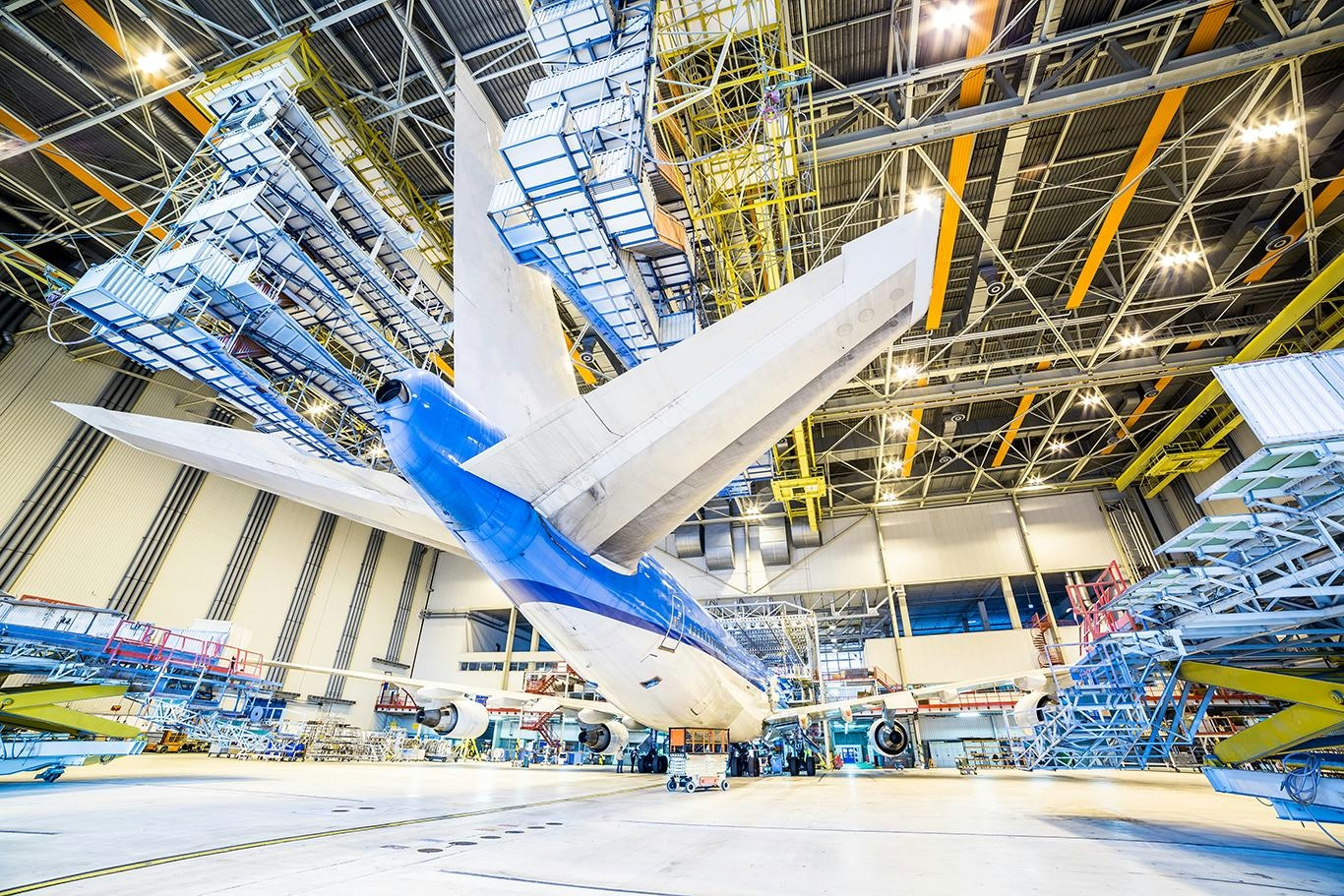
Airbus Faces Supply Chain Challenges in 2025 Deliveries
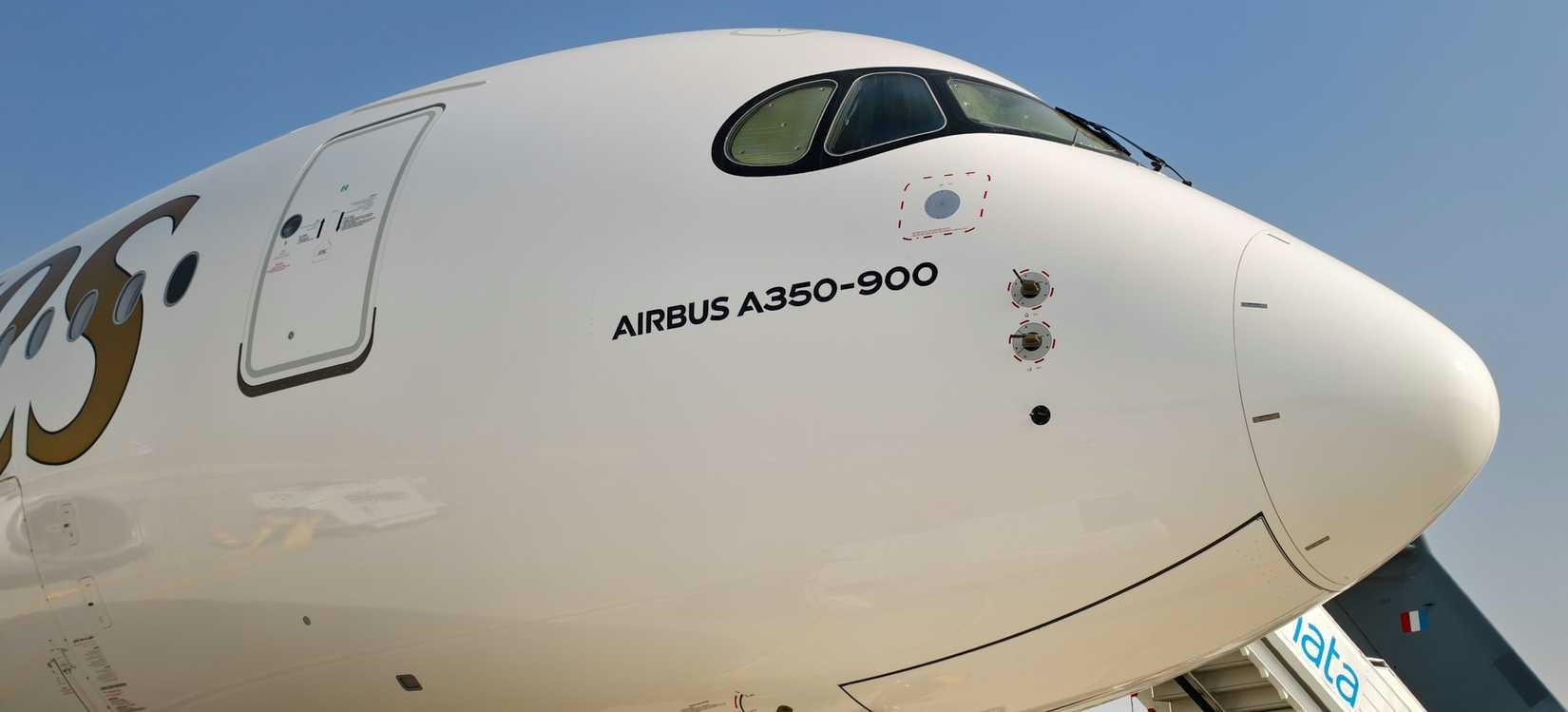
Airline to Operate Fastest-Growing Airbus A350 Fleet in 2025

Largest Aircraft Orders Worldwide in 2025
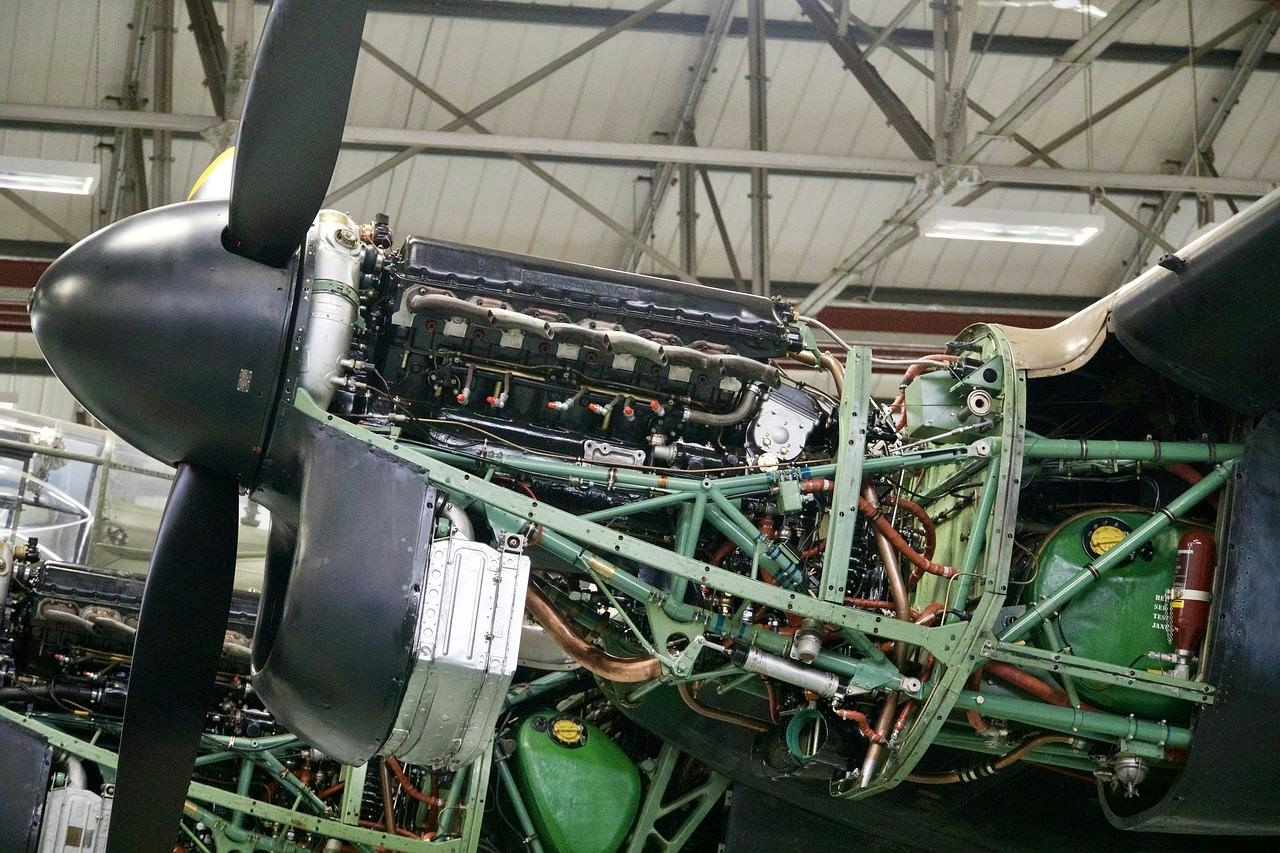
Adani Group to Enter Engine Maintenance and Aircraft Conversion Sectors

Joby Aviation Positioned to Lead Air Taxi Market by 2026
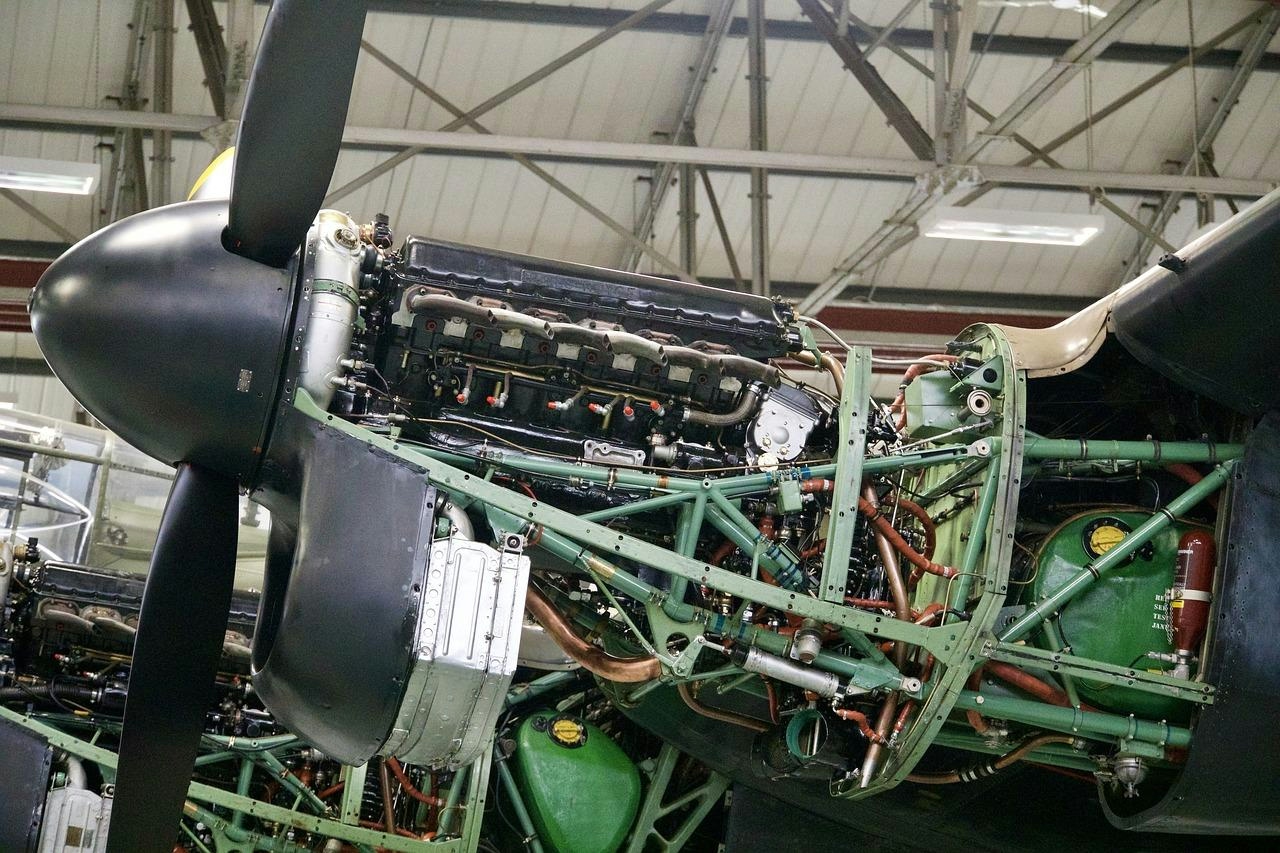
Adani Group Expands into Aircraft Maintenance and Conversion
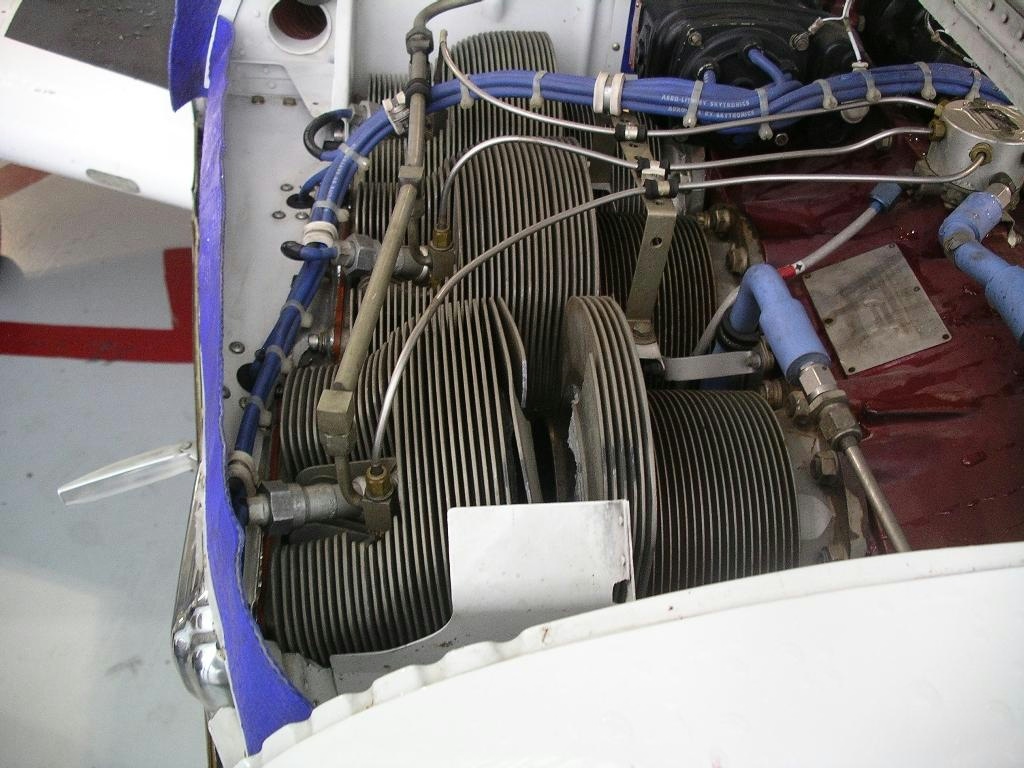
FAA Investigates Shutdowns of Lycoming IO-360 Engines
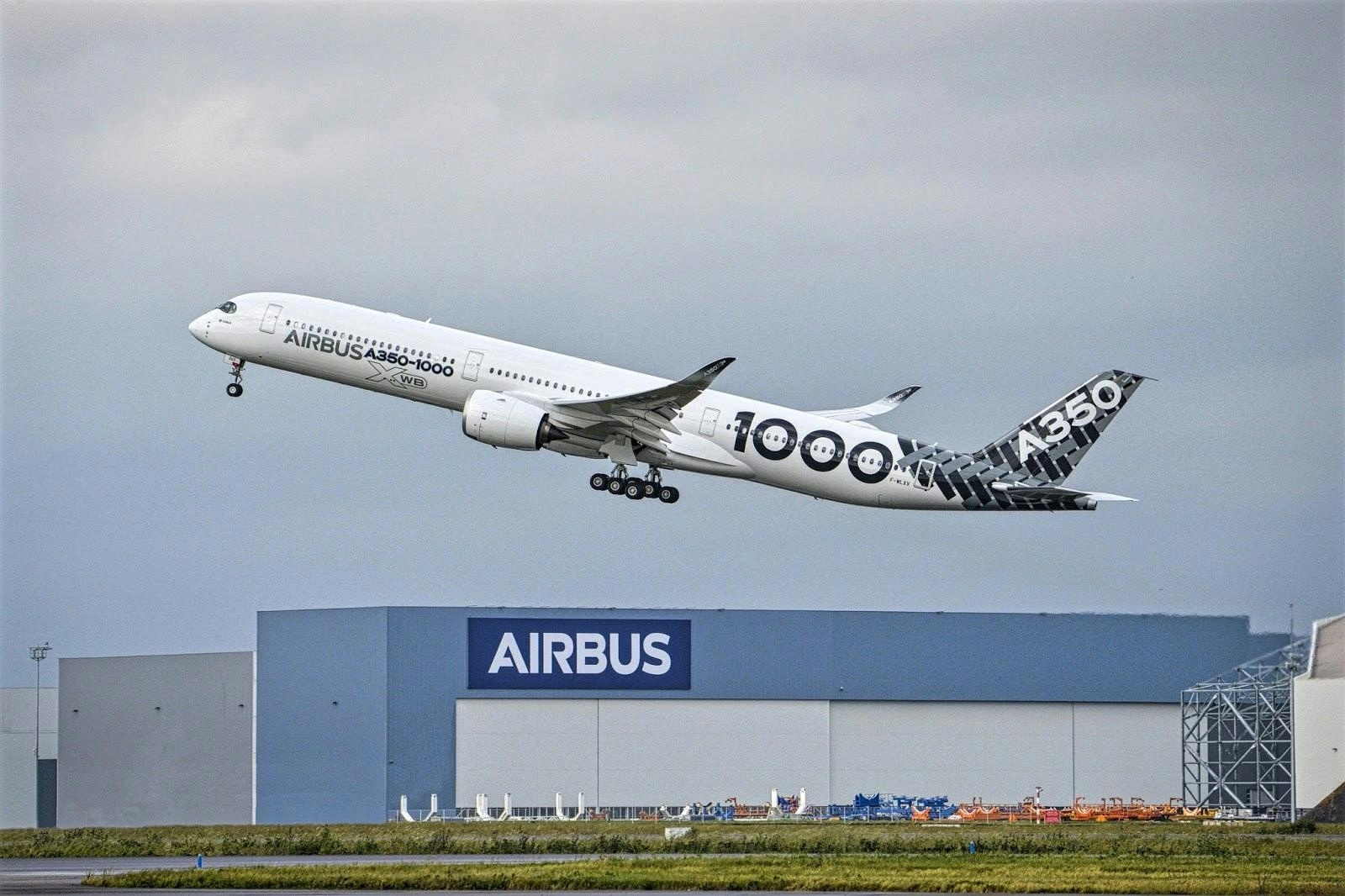
This Carrier Just Became Southeast Asia's First Airbus A350-1000 Operator
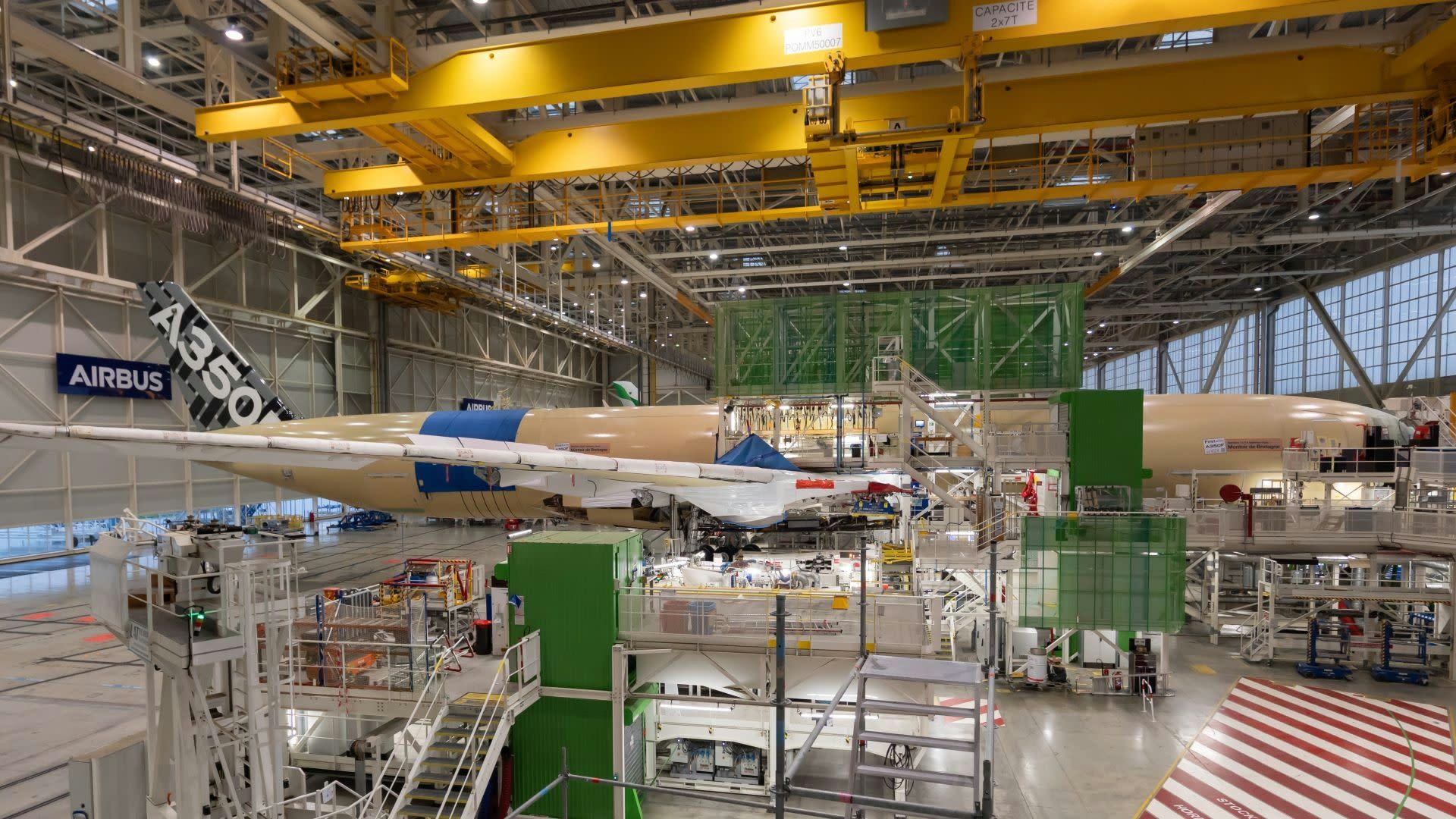
Airbus A350 Freighter Receives Certification
